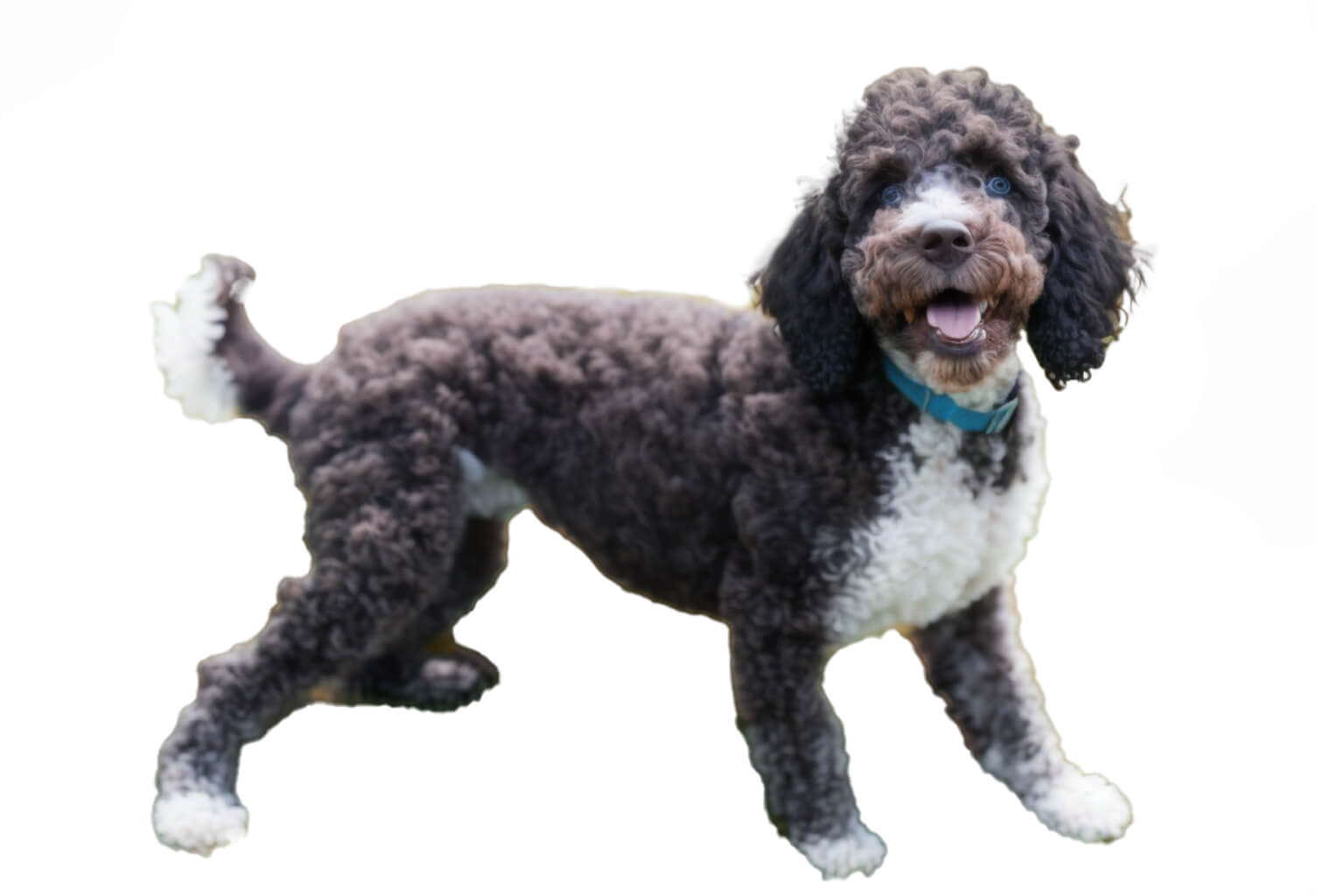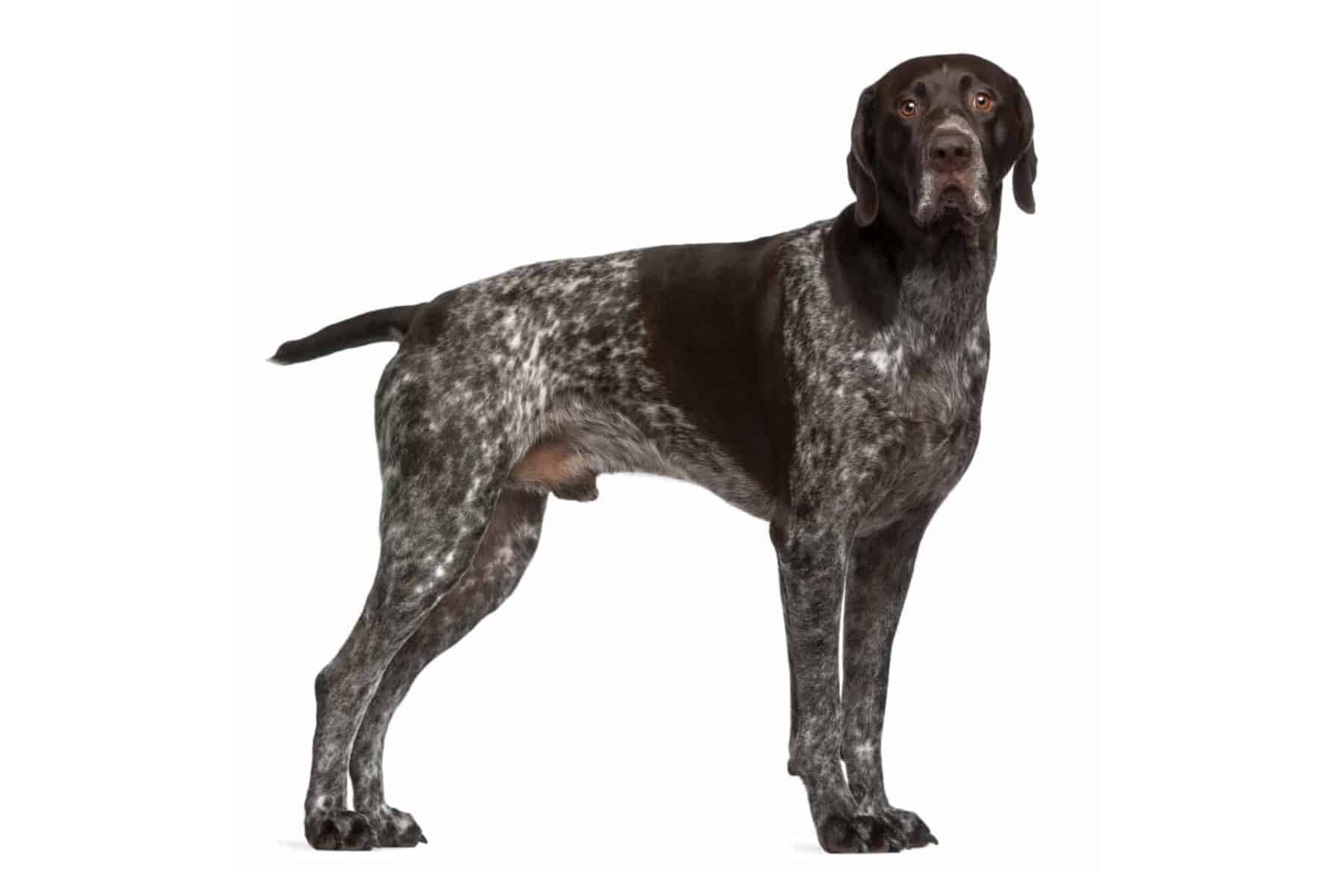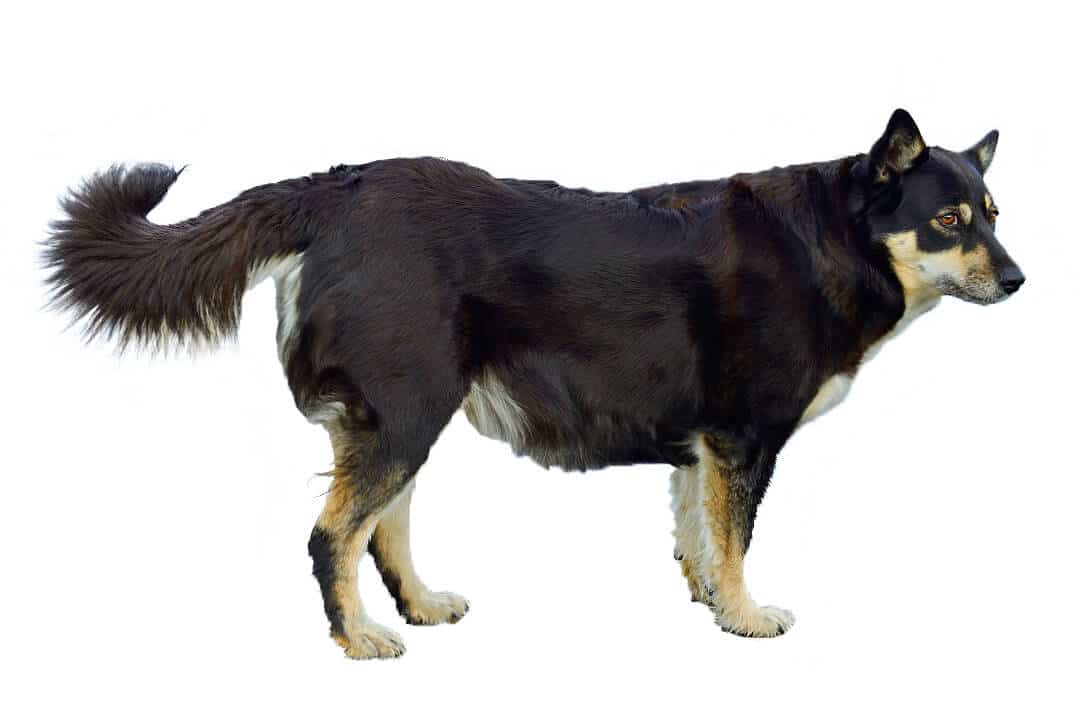Weimaraner
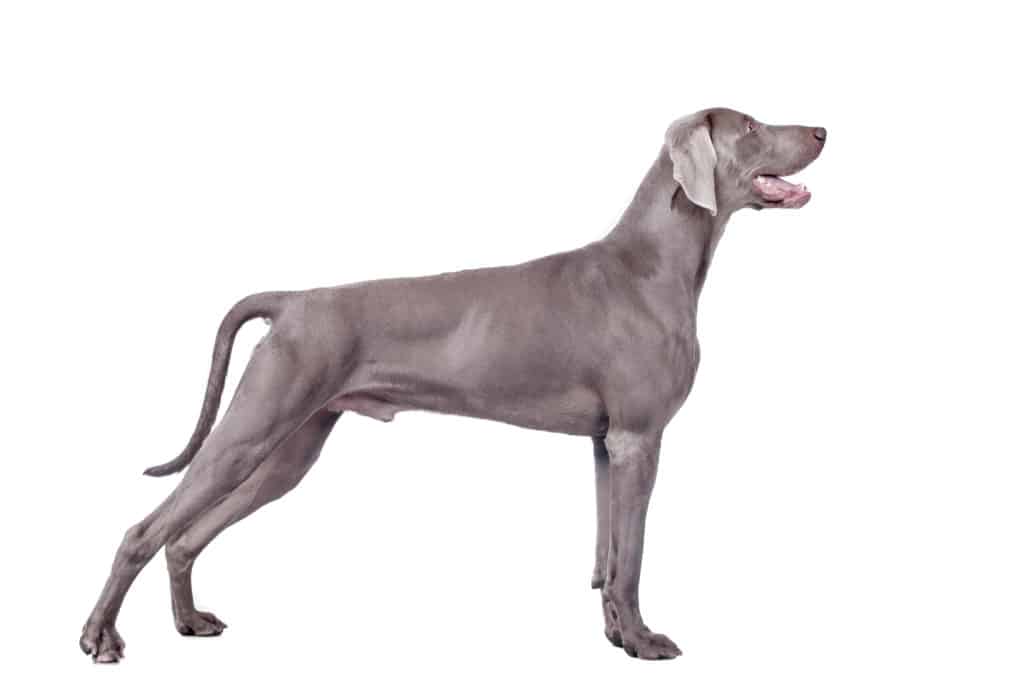


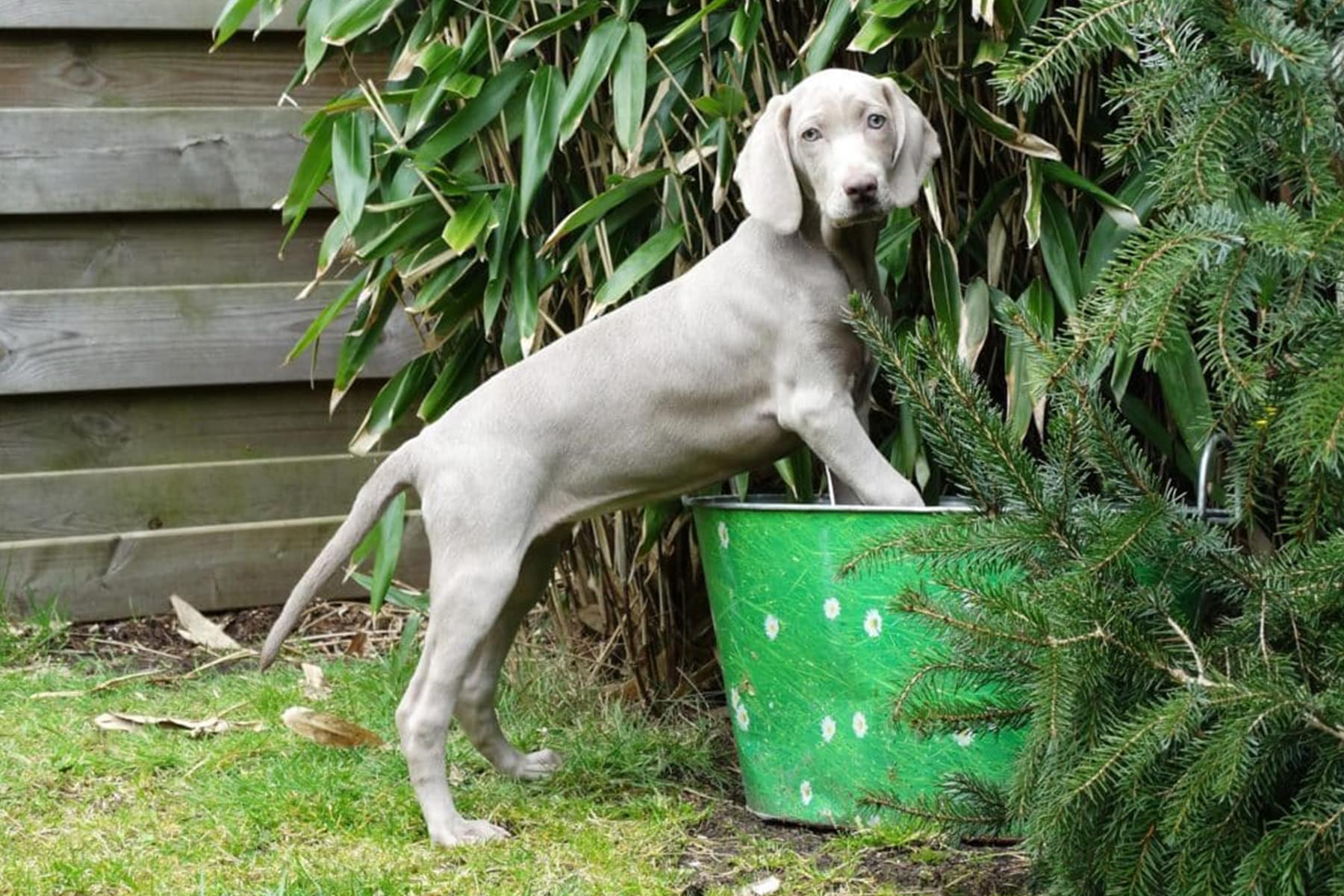
Temperament:
The Weimaraner is the oldest German pointing dog breed. Breeding of the Weimaraner began in the 19th century. The Weimaraner is immediately noticeable for its proud bearing and silvery coat. Over time, the dog became popular not only among hunters. With proper training and employment, he is also suitable as a family dog.
Characteristics
With a height at the withers of 62 to 67 cm in males and 59 to 63 cm in females, the Weimaraner belongs to the medium to large dog breeds. Males weigh between 30 and 40 kg and females between 25 and 35 kg. The Weimaraner is a strong dog breed with sinewy and prominent muscles.
The Weimaraner is a hunting dog. When hunting, it is intelligent, thorough and independent. Its hunting instinct is mainly directed towards predatory game and prey. On command, it is able to track down and kill game independently. If it is not used as a hunting dog, it must be given another task.
In Germany, the Weimaraner is mainly used for pointing hunts. It is persistent and spirited when hunting. Due to its versatile disposition, it can also be used for many other tasks.
With the right dog sport and the right training, the Weimaraner can be kept busy. He is interested in dummy work, mantrailing and tracking. The work must include both physical and mental aspects. The intelligence of the Weimaraner must not be neglected when keeping him busy.
The Weimaraner needs a fixed caregiver. Some therefore consider it unsuitable as a family dog. It is a "one-man dog" that only listens to its owner and tolerates other family members at best.
Other opinions emphasize its sensitive and eager-to-learn nature and assume that the extremely people-oriented and very affectionate Weimaraner is quite suitable as a family dog with the right training and early socialization.
In any case, it is clear that more and more people who are not hunters are becoming interested in this dog breed. This is partly due to its special appearance.
He tends to be suspicious of strangers. You have to give him time to get used to strangers. However, he does not react aggressively due to his exuberant temperament. At the same time, he is a very territorial dog with a pronounced protective instinct. He defends his owner or his family without hesitation.
In the United States, the Weimaraner has been nicknamed the "Grey Ghost". The nickname refers to the silver-grey coat. With its proud posture and intelligent look, it has an aristocratic appearance.
Coat care:
Shedding:
Energy level:
Trainability:
Children suitable:
The right food
When choosing food, make sure that it contains high-quality ingredients, is balanced and meets your dog's requirements. Age, size or weight, activity and health status play an important role. You should follow the manufacturer's recommendations for the amount of food.
Treats should only be fed in moderation and deducted from the basic diet to avoid obesity.
Puppies can be fed 4-6 times a day. The number of meals should be gradually reduced to 2 per day until the dog is fully grown. A rest period should be observed after meals.
Fresh drinking water should be available at all times.
Health & Care
While the Weimaraner is very demanding in terms of training and activity, the physical grooming requirements are very low. The short-haired Weimaraner in particular only needs to be brushed occasionally. Once or twice a week is enough to maintain the shiny coat.
The long-haired Weimaraner needs to be brushed a little more frequently. Especially if it has an undercoat, daily brushing is advisable during the shedding period. Otherwise, grooming the rare long-haired Weimaraner is unproblematic.
The breed rarely needs to be bathed.
The floppy ears must not be neglected when grooming. Droopy ears are prone to infections and inflammation. The ears should therefore be checked and cleaned regularly.
Otherwise, the Weimaraner is easy to care for. With regular brushing and good feeding, it can maintain its coat structure and color well.
Suitable accessories
Just like any other dog, a Weimaraner is happy to receive a treat, which can also be used in training. But you should make sure that he doesn't get too fat from the extra treats.
Weimaraners never get tired of retrieving, it's in their blood. You can practise retrieving with him again and again during a walk. He will gladly let go of the object in return for a reward.
As basic equipment, the Weimaraner, like any other dog, needs a collar or harness with a lead, a place to lie down and sleep, water and food bowls, tick tweezers, claw clippers, mild dog shampoo, brush and comb or rubber curry comb, toothbrush and toothpaste for dogs, a transport box or crate for transportation in the car and a first aid kit. It's best to ask your vet what should be in the first aid kit. If you also want to hunt with your Weimaraner, you will also need hunting equipment for him.
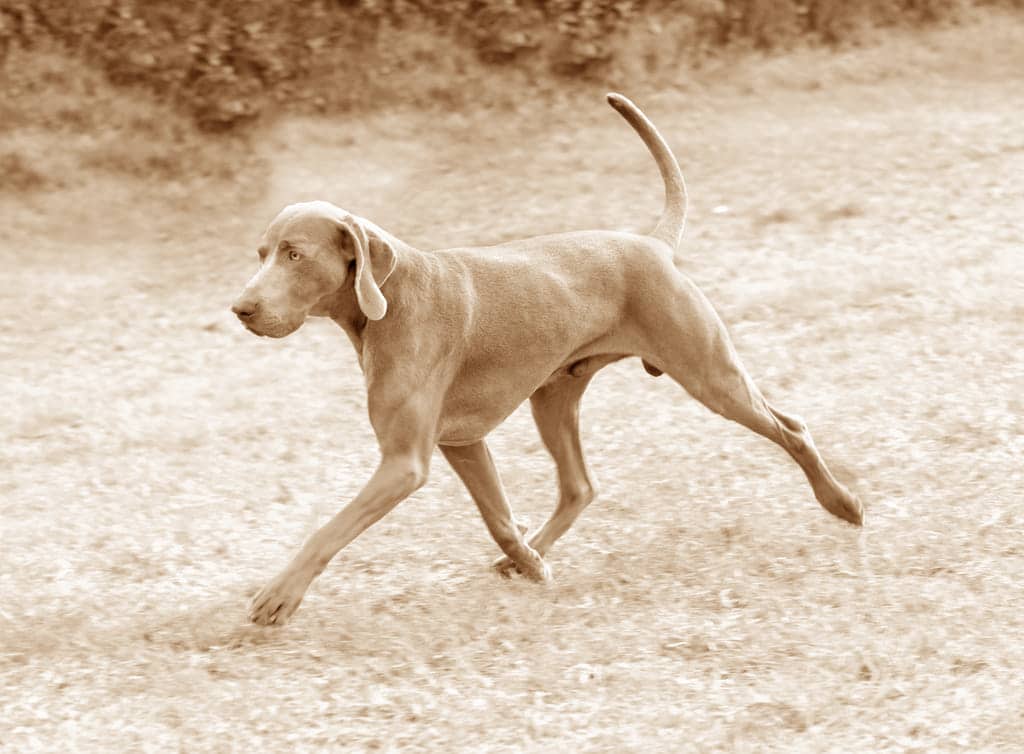
Origin & History
To this day, the origin of the Weimaraner has not been fully clarified. The first mentions date back to the 19th century. The name is derived from the Weimar court, where Grand Duke Karl August of Saxe-Weimar-Eisenach kept the dog at the time.
Dog breeds that resemble the Weimaraner in their description are said to have existed in France as early as the 12th century. There is no evidence of direct descent.
Another theory assumes that the Weimaraner is descended from the St. Hubertus dog. According to this theory, this type of dog was crossed with Arabian greyhounds. It is also possible that the Weimaraner is descended from the German pointing dog.
In the 19th century, the Weimaraner was kept and bred as a hunting dog in the Weimar area. Scheduled breeding began in 1890. In 1897, the Thuringian "Verein zur Reinzucht des silbergrauen Weimaraner-Vorstehhundes" was founded. The association bred the dog according to a uniform standard.
No other breeds have been crossbred since the club was founded. The breed's special suitability for hunting was established in 1935. Other breeding associations such as the American Kennel Club and the British Kennel Club also recognize the breed.
US President Dwight Eisenhower's dog "Heidi" made the breed famous in the United States. Frank Sinitra and Grace Kelly also acquired a Weimaraner. In the USA, it was nicknamed the "Grey Ghost". The famous photo artist William Wegman liked to use the dog breed as a motif.
